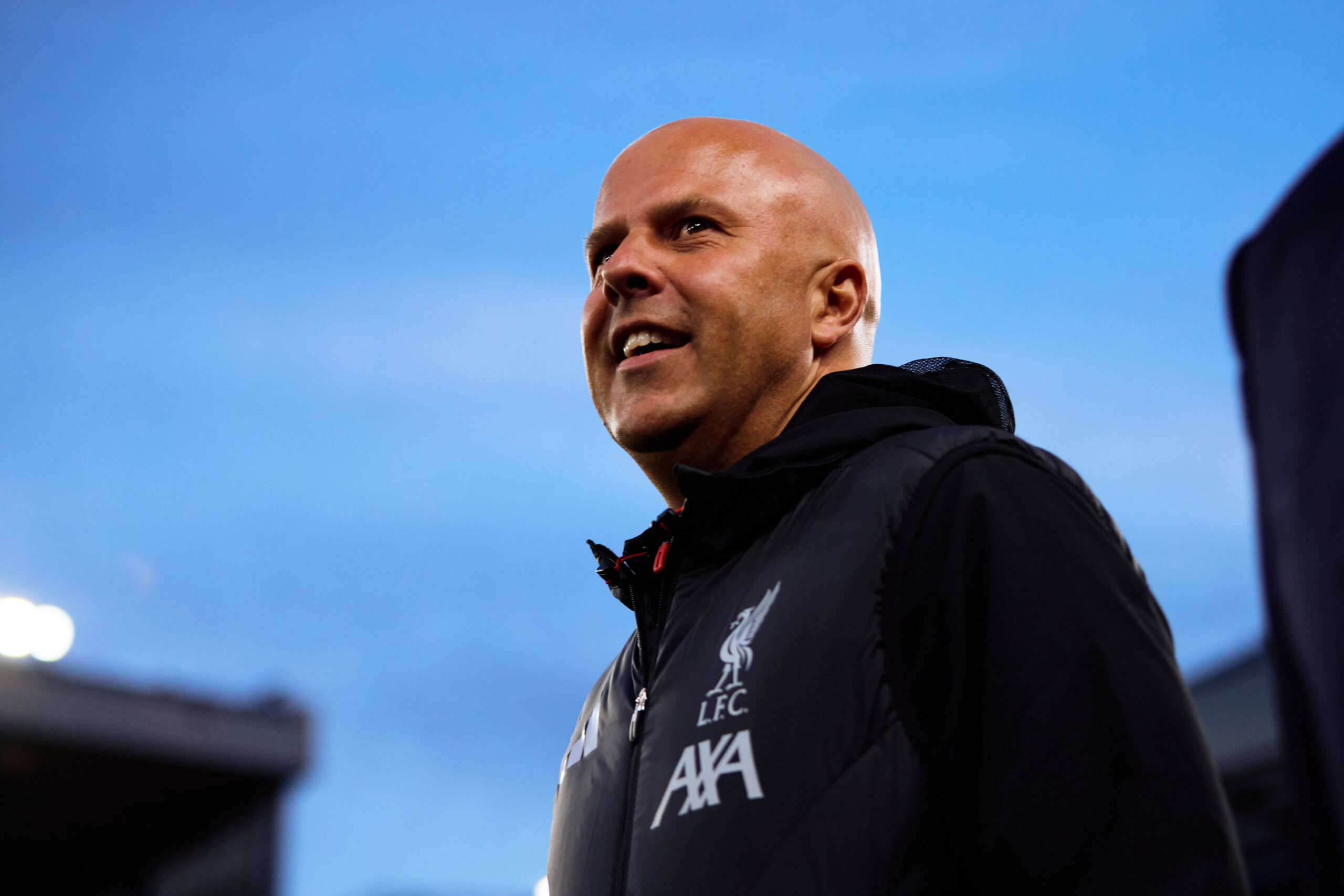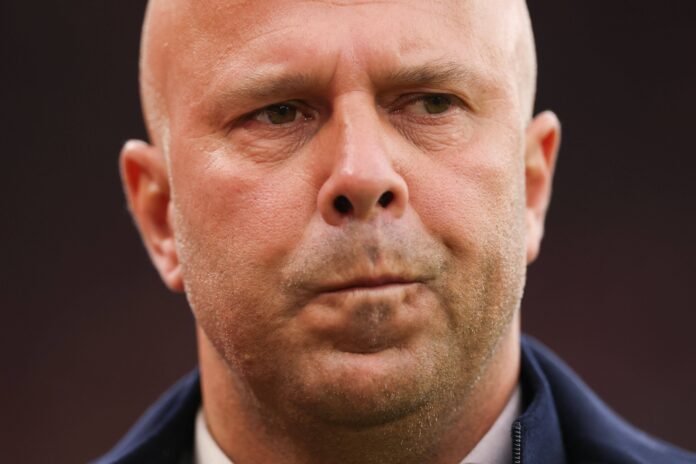Liverpool Tactical Reset: Slot Weighs Formation Change to Revive Season
Liverpool’s struggles have sparked growing expectation that Arne Slot is preparing to make a fundamental tactical change at Anfield. After a difficult run of results and a series of performances that have lacked cohesion, the Dutchman is now believed to be exploring a switch in system — a formation change that could reshape Liverpool’s identity on the pitch.
Slot’s Tactical Challenge
Arne Slot arrived at Liverpool with a clear footballing philosophy: high tempo, positional structure, and intelligent pressing. Yet, in recent weeks, those principles have faltered. Four consecutive defeats have raised questions over whether his current tactical setup is sustainable in the Premier League.
The squad, reshaped significantly during the summer, appears to have outgrown the system Slot first implemented. Several of the club’s high-profile signings seem unsuited to their current roles, and the team’s balance — once Liverpool’s great strength — has visibly eroded.
Insiders suggest that Slot recognises this imbalance. His early formation choices, similar to his Feyenoord setup, may have been intended as a transitional phase rather than a long-term solution. There’s now a growing sense within the club that he could soon unveil a new tactical direction designed to unlock the full potential of his squad.

Signs of a Structural Shift
Evidence of a tactical rethink is already emerging. Multiple reports have indicated that Liverpool’s recruitment this summer was deliberately shaped around the idea of switching to a back-three system.
The arrivals of players suited to wing-back roles rather than traditional full-backs strongly point in that direction. Moreover, the record signing of Florian Wirtz — who thrived in a three-at-the-back setup under Xabi Alonso at Bayer Leverkusen — adds further weight to the theory.
Liverpool also notably avoided signing natural wingers, suggesting a shift away from the wide 4-3-3 structure that defined their play under previous management. Instead, Slot’s focus on versatile forwards and technically strong defenders aligns with the patterns of a 3-4-2-1 or 3-5-2 formation.
Two elite strikers were brought in, further hinting at a system that accommodates multiple central forwards rather than relying on traditional wide attackers. In that context, previously puzzling transfer decisions suddenly appear deliberate — the pieces of a long-term tactical puzzle.
Defensive Reinforcements Point to Change
Liverpool’s continued pursuit of defenders such as Marc Guehi, Nico Schlotterbeck, and Diogo Leite underlines the plan. Each of these players is experienced in a back-three setup, capable of operating comfortably on either side of a central anchor.
That kind of recruitment drive suggests strategic intent rather than improvisation. Slot’s tactical models in the Netherlands frequently evolved mid-season, and a transition to three centre-backs would not only offer more defensive stability but also create flexibility in build-up play.
If executed properly, this shift could revitalise Liverpool’s control of matches. The added defensive depth would free up creative midfielders like Alexis Mac Allister to play higher up the pitch, while allowing full-backs to push on without exposing the team to counter-attacks.
What a Formation Change Could Mean
A move to a back-three would represent more than just a tactical tweak — it would be a redefinition of Liverpool’s footballing structure under Slot. The Dutch coach has long favoured adaptive systems capable of morphing mid-match, and such a change could bring renewed clarity to the roles of several players.
It could also mark the end of Liverpool’s reliance on width-driven attacking play, instead prioritising central combinations and dynamic rotations between the front line and midfield. For a side that has appeared fractured in recent weeks, this could provide the stability and coherence they have lacked.
While no formal confirmation has emerged, all signs point towards a calculated tactical evolution at Anfield. If Slot’s formation change does materialise, it may well prove to be the turning point in Liverpool’s season — and a bold step towards restoring their competitive edge.




